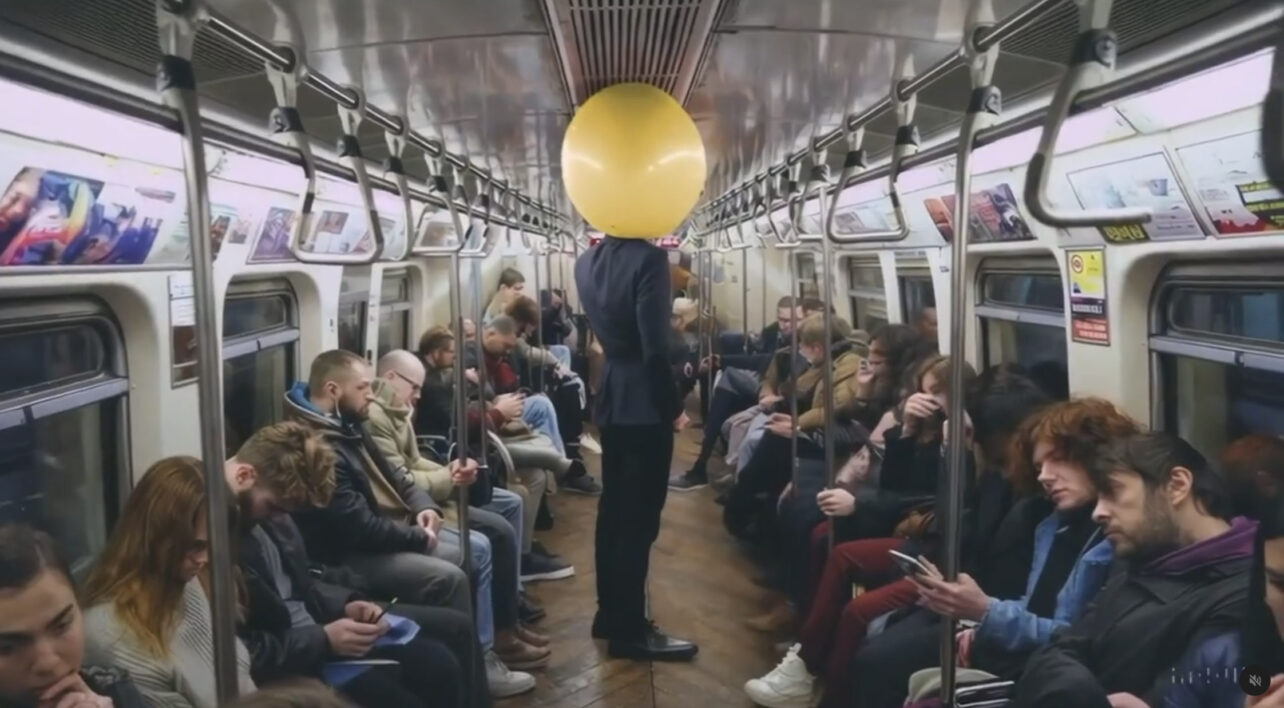A few days ago, I was browsing Threads (why does this sound like I’m thrift store shopping?) and saw a post about the first Sora short film from OpenAI being released. The story, albeit from an actual production collective, Shy Kids, is pretty decent.
The footage? In the typical 2024 fashion of AI and the Internet, it skips across the scene before you can thoroughly analyze the image. That, mixed with social media compression, makes the perfect cocktail for hiding anomalies or AI-type artifacts. Still, they are present, such as odd physics, actors frozen still in the background, and elements appearing from thin air. But, given the surreal context of the story, the abstract visuals aren’t too much of a deterrent—this time around.
However, what caught my attention was the comment underneath the Threads post. “Quality is insane, right? Democratizing filmmaking is definitely here.”
I find ‘democratizing’ an interesting word choice, as many AI enthusiasts said the same about art last year. “Art has been democratized! Artists can no longer gatekeep art,” the AI bros would preach. Interesting.
Cameras Are Ridiculously Cheap
I want to show you something.
This is a still from a short film called The One With The Ferris Wheel, which I produced four, nearly five, years ago.
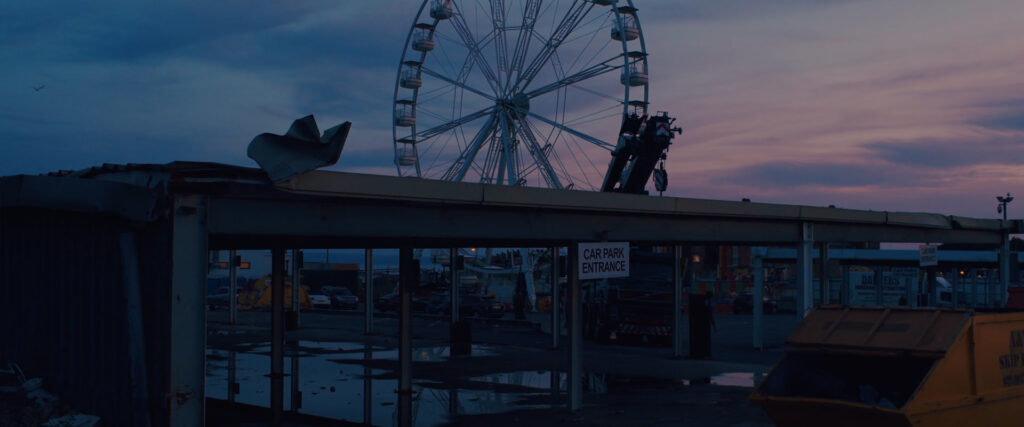
Here’s another one from a short I made a few months later.
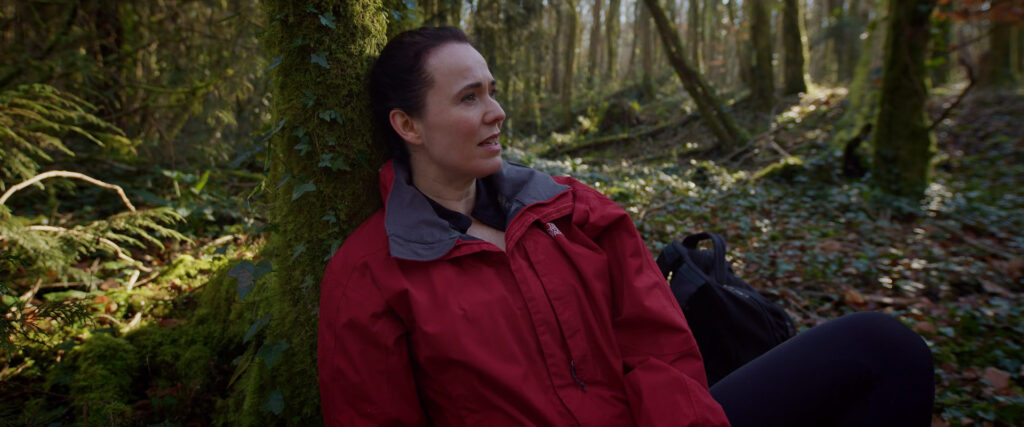
What camera do you think it was shot with?
It was the Blackmagic Pocket Cinema Camera 4k, and I can tell you that as of writing this on April 21st, 2024, you can pick this camera up on eBay for less than £1000. And that’s with all the needed accessories, as seen in that one listing, including a lens. £1000. Insane.
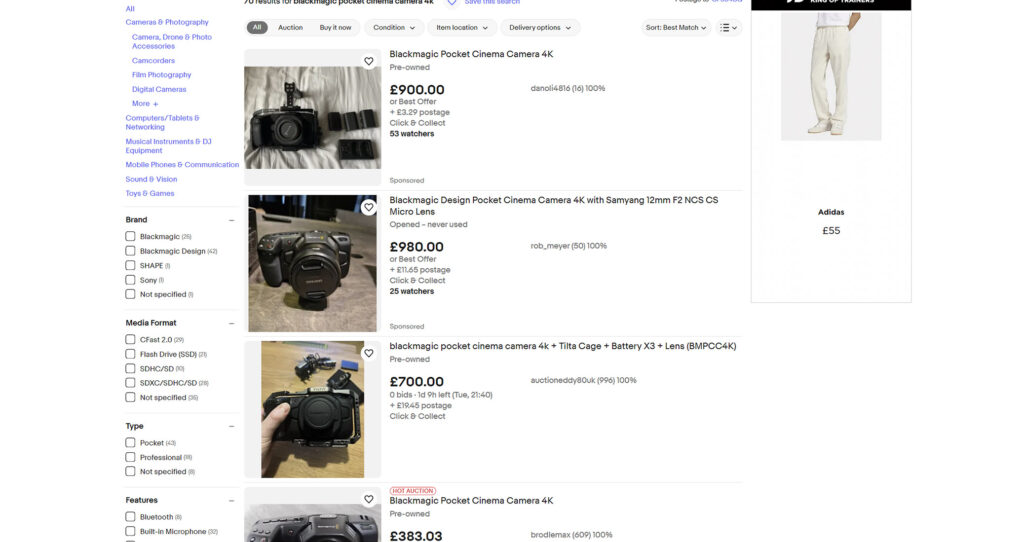
As a teenager, there were only entry-level camcorders or production-based video equipment, with no real in-between. The issue with DV cameras is that they weren’t made to be ‘filmic.’ While they allowed us to shoot without the expense of film and development costs, unlike before the 90s and without the bulky VHS units used throughout that decade, their drawback was the inability to achieve a shallow depth of field. With a compact fixed lens, everything is in focus down to the smallest detail. This is perfect for capturing young Sally’s 9th birthday party, but not so great for a short film.
As such, the no-budget and indie filmmaking community took it upon themselves to create 35mm adapters.

Image via Ikan
The introduction of DOF or 35mm adapters revolutionized the indie world by enabling a shallow depth of field, granting filmmakers greater creative control over their images. These adapters function similarly to a telecine, utilizing a camcorder’s macro focus feature to project the image onto a ground glass screen, which is then rotated by a small motor.
Does that sound heavy? Well, yeah, it was. The gadget would quickly make a compact HD DV camcorder weigh as much as a Modern C300. You would need a support system and tripod to facilitate the weight. Then came the issue that some adapters required the camcorder to be placed upside down. It was a headache, and while we weren’t talking cinema camera money, there was still a significant cost.
As a 17-year-old in 2007/2008, saving for a decent camcorder and acquiring a 35mm adapter seemed unfathomable. But still, with my part-time work beginning in a local superstore, it wasn’t impossible. It was just going to take some time. Between that period of working 7.5 hours a week and saving enough to buy what I needed, something happened, something that would change the industry forever.
The 5D Mk II.
Non-Stop Innovation
Since then, it’s been innovation after innovation for compact cameras. If you had told me that, after purchasing my 8-bit 1080p 5D Mk II in 2010, just ten years later, I’d be able to shoot 8K RAW in a similar-sized Canon body, I would have laughed, but here we are.
Every time the latest camera comes out, last year’s technology decreases in price. As mentioned, you can now pick up a Blackmagic Pocket Cinema Camera 4k with accessories and a lens for £900—and that’s just a camera released in 2018. If we wanted to scale back to the 5D Mk II, the once £1500 camera can now be picked up for £200—again with a lens and all the accessories.
The point is that filmmaking has been democratized for the last ten years, and this doesn’t even consider the accessible filmmaking offerings from mobile phones.
The same goes for accessories. DIY filmmaking channels like (old school) Indy Mogul don’t exist anymore because buying DIY materials to build a shoulder rig is likely the exact cost of buying one from SmallRig or Tilta.
In 2010, a camera slider cost nearly £700 for a budget variation. You can now pick one up on Amazon for £50—next-day delivery included. In 2011, I had to import one from the US! I could make this point for nearly every aspect of filmmaking except for quality stands and tripods. Still, the fact is that almost every aspect of filmmaking has become affordable and accessible.
The question is: why are YouTube and online video platforms primarily filled with influencer-based content instead of films? Likewise, substantially more channels talk about filmmaking than making films. Why? Well, it’s because making a film goes way beyond being able to create nice visuals with the latest Blackmagic camera. Filmmaking is hard.
You have a Blackmagic 6k Camera that shoots raw? Great! That’s step 1 out of hundreds essential for filmmaking.
The same goes for Sora.
Ah, so you’ve generated a lifelike 15-second video of an older man looking at a newspaper in a coffee shop; cool. You can get a similar clip here.

Or, perhaps, you’ve generated something abstract like a fish swimming through the open air in the sky. Again, this kind of visual is available from stock libraries.
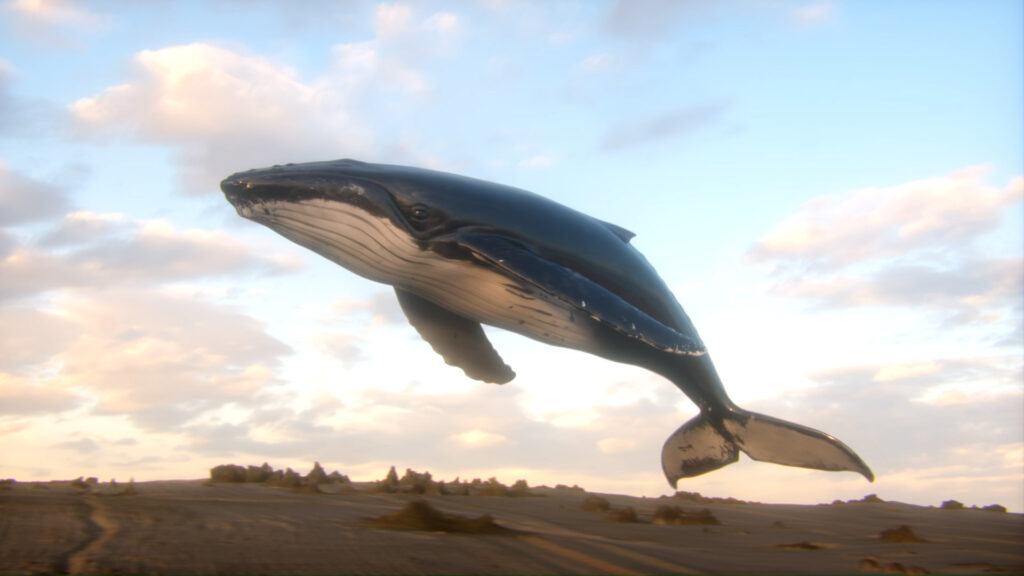
Given this, I must ask again: Why is YouTube not filled with abstract short films like ‘Sky Whale Hunter’? AI video platforms incur costs like stock libraries do with their monthly subscriptions. So cost shouldn’t be a factor.
The Purpose of Story-Driven Media
It’s because filmmaking is an art form that combines visuals, sound, narrative, and performance in unique ways to evoke emotions, provoke thought, and even challenge our perceptions. It’s a collaborative effort requiring technical skill, creativity, and an understanding of human psychology and societal themes.
Moreover, filmmaking and TV production serve as cultural artifacts that reflect and sometimes shape a particular period of history. While Marvel films may not be the ideal reflection of what filmmaking can be, it would be hard to deny the studio’s grip on popular culture in 2019. You were out of the loop if you had not seen Avengers: Endgame.
This shared experience can spark cultural conversations, foster empathy for historic moments, and even drive social change. In essence, filmmaking is not just about creating content that looks good but about crafting experiences that resonate on a profoundly personal level.
Whether an AI tool can generate lifelike, perfectly adequate 24fps 4K video sequences is a question we’ll see answered this year. But can an AI tool create art that serves as a cultural tentpole for that specific year—think Barbenheimer. I think not.
Cover image via Shy Kids.
For more film talk, check out these articles:

